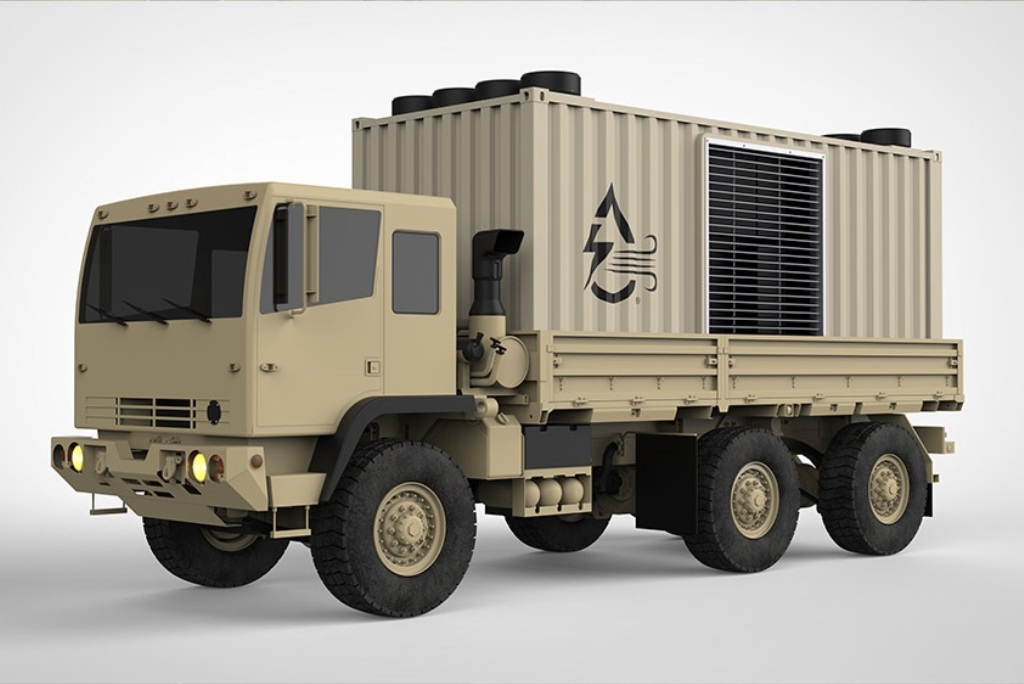IPG Photonics Advances Laser Technology for Counter-Unmanned Aerial Systems (C-UAS)
Introduction of New Laser Systems
IPG Photonics has officially unveiled an 8 kW laser system aimed at enhancing counter-unmanned aircraft capabilities. This announcement, made by company executive Ben Allison during the Association of the United States Army (AUSA) conference in Washington, DC, marks a significant step forward from its previously introduced 3 kW variant.
Technological Developments
-
8 kW Laser System: Designed for more effective engagement of slightly larger aerial targets, the 8 kW laser represents a new configuration of the Crossbow mini-series. According to Allison, this system offers a larger “caliber” laser to neutralize drones more efficiently.
-
Market Readiness: Following substantial interest from European clients during the Defence and Security Equipment International (DSEI) 2025 event in London, IPG Photonics accelerated the deployment timeline for the 8 kW model, which is now available for purchase.
-
Differentiated Capabilities: The 8 kW laser retains the same footprint as its 3 kW predecessor but is approximately three times more costly. The 3 kW laser is primarily suited for Group 1 Unmanned Aerial Systems (UAS), while the 8 kW model can engage targets categorized as Group 2 and above.
Future Developments: 20 kW Laser System
In addition to the 8 kW laser, IPG Photonics is in the developmental stage of a 20 kW variant focused on neutralizing Group 3 and larger UAS. While presently at a low technology readiness level, this system is expected to be released under the Crossbow branding once further development is concluded.
- Engineering Challenges: The advancement of the 20 kW system poses engineering challenges, necessitating larger optics and, consequently, an expanded gimbal structure. The base of the new laser is projected to be approximately twice the size of earlier models.
The ongoing development of advanced laser systems by IPG Photonics underlines the growing emphasis on sophisticated technologies within the defense sector, particularly in countering airborne threats. As these systems evolve, they are likely to play a pivotal role in modern military operations, enhancing aerial defense capabilities across various platforms.





